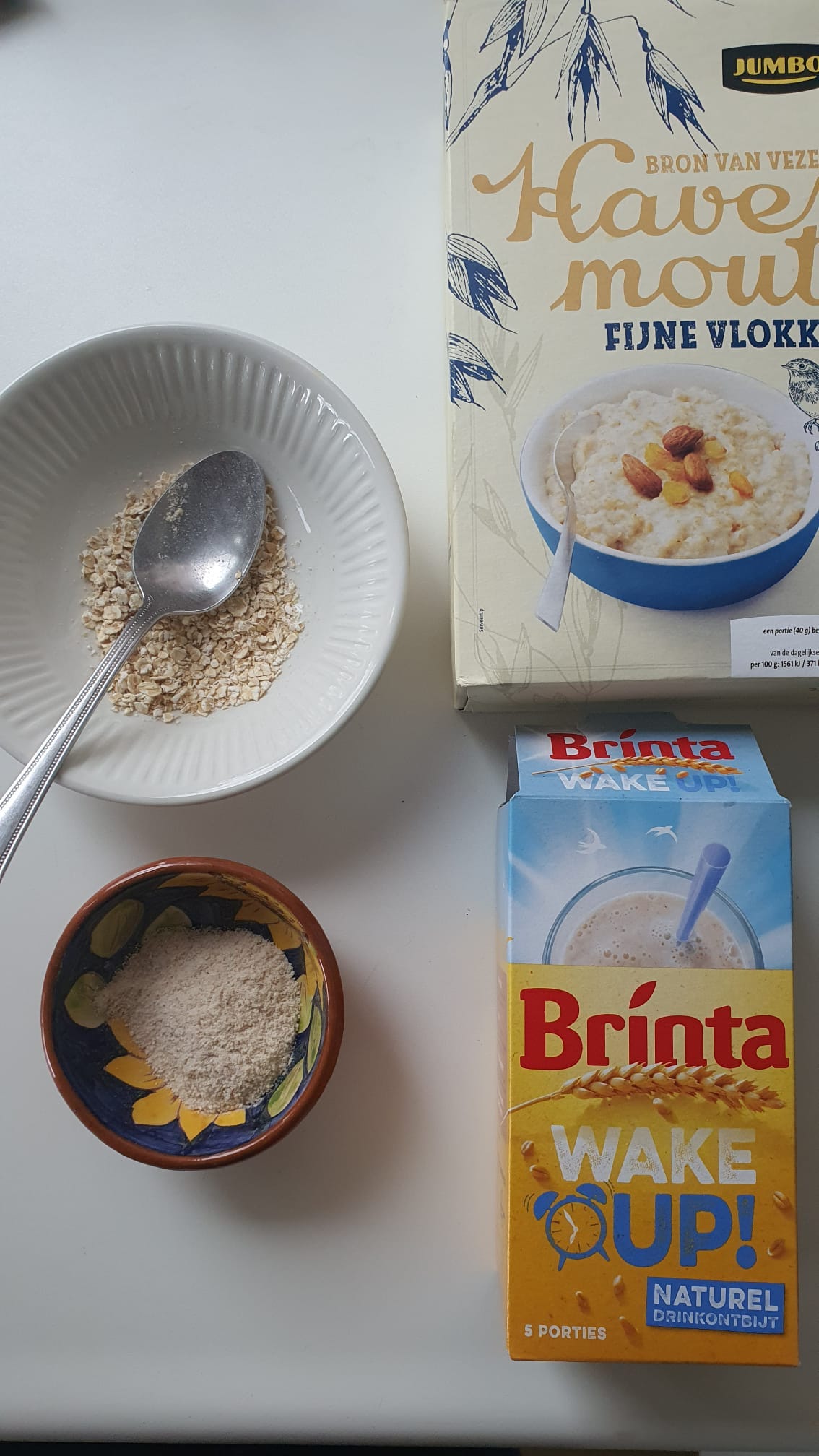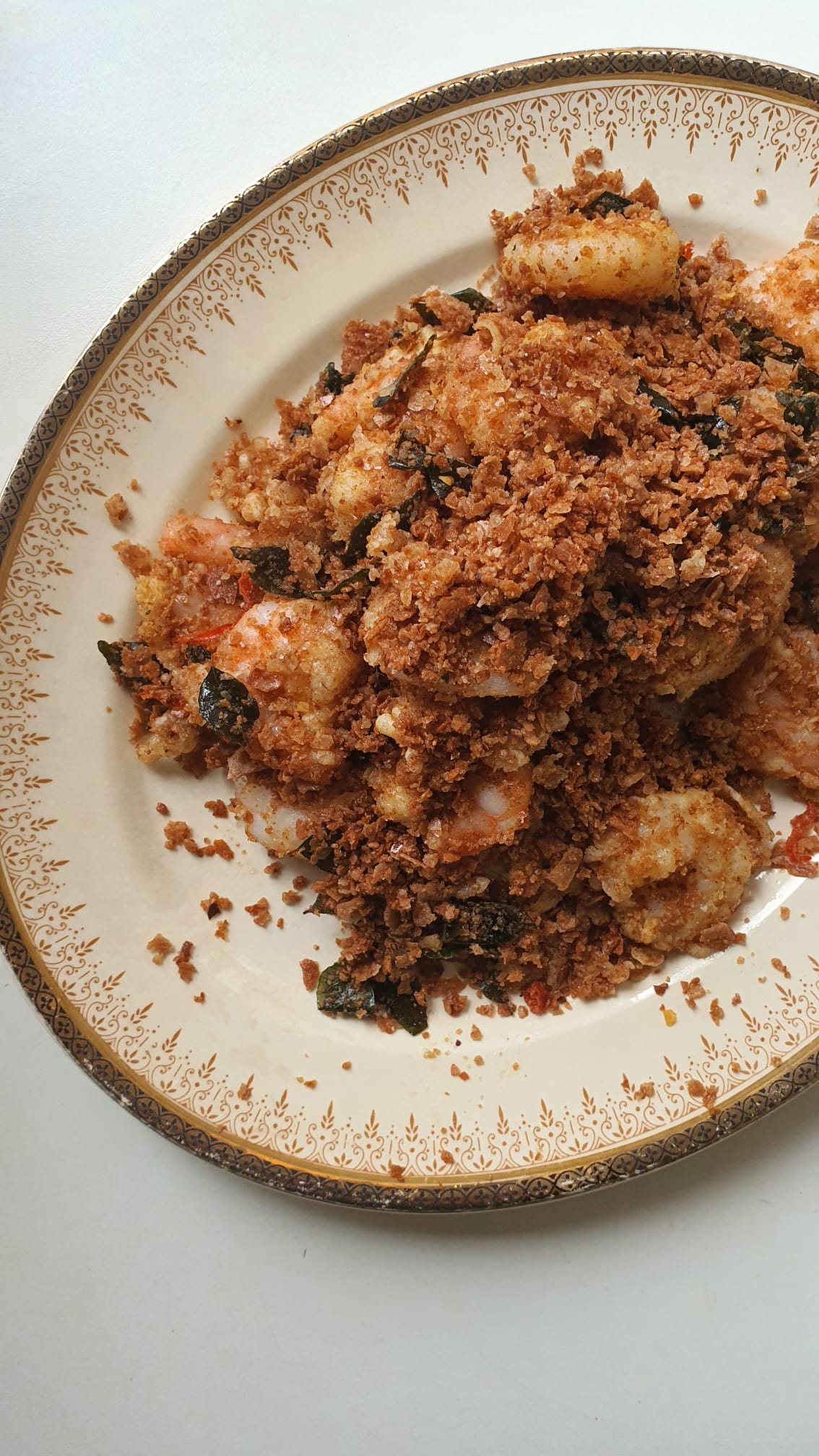Aged twenty-seven, and newly moved to Melbourne, I knew I would miss hawker food but didn’t realise how desperately I would crave for zichar dishes. In the Hokkien dialect, zichar translates to “cook fry” and refers to a type of late-night restaurant that comes to life after sunset and offers food baptised by wok-fire. Not many foreigners dine at these establishments because it is such a “local” experience. The printed menu sprawls multiple pages and probably is not complete - there are more memorised items that the server can rattle off when prompted. Neither is the food is solo diner-friendly either because this type of food is designed to be shared. It is a real shame that zichar food tends to be largely overlooked by foreigners who visit Singapore, because the dishes are some of the most inventive and satisfying that you can find in the city.
A zichar classic is cereal prawns: large tiger prawns deep-fried in their shells before being tossed in a crisp rubble of cereal, curry leaves, and bird’s eye chillies. The uninitiated might not know where to begin because the cereal doesn’t quite cling onto the prawns like a crust does. To eat the dish, you peel the prawns and scatter the cereal over your plate like furikake so you get its crunch and fragrance with every spoonful of prawn and rice.
Though the origins of cereal prawns are murky, I can’t help but think that cereal prawns evolved from the typhoon shelter dishes of Hong Kong. The typhoon shelters were established in 1862 to provide a safe harbour for the boat people of Hong Kong during periods of strong winds and rough seas. The shelters doubled up as dining hot spots when the fishermen began cooking up their catch for hungry diners. Their signature was to bury whatever they caught - prawns, crabs, white bait, just to name a few - under a massive heap of crispy garlic. This style of cooking seafood caught fire and soon proliferated across restaurants in Hong Kong. It wouldn’t be a leap in imagination to presume that Singaporean zichar cooks had this in mind when they took packets of Nestum instant cereal that were popular amongst locals for breakfast and emptied them into their woks.
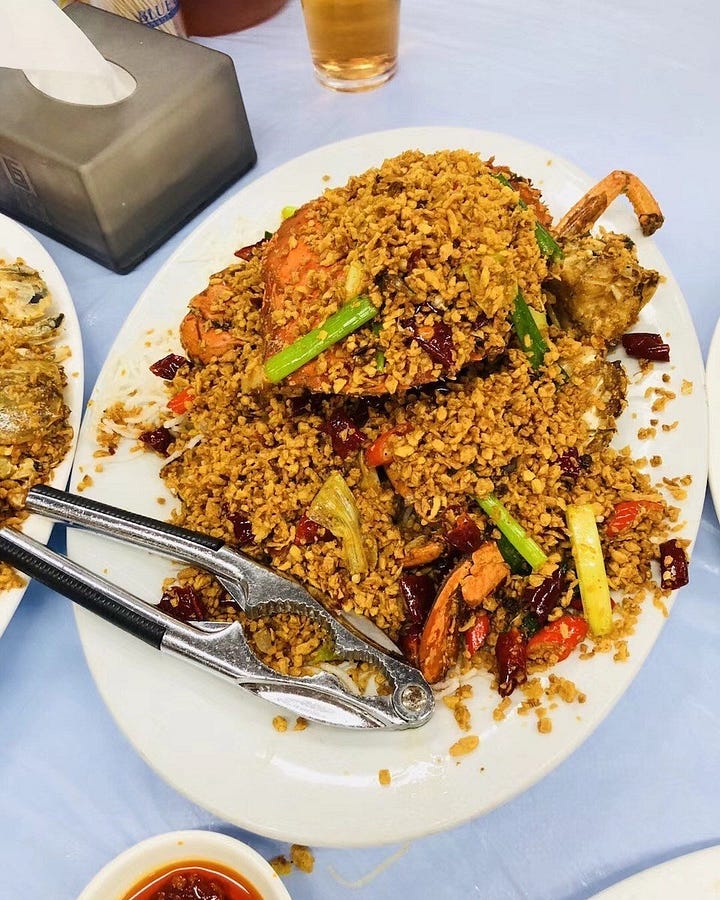
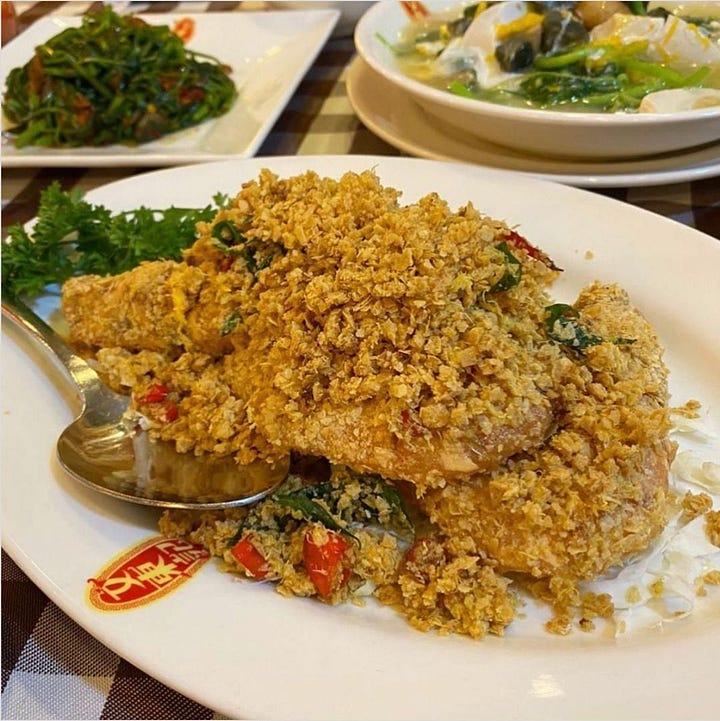
Cereal prawns has an alternative name - oatmeal prawns, derived from the Mandarin name of this dish mai pian xia 麦片虾 (麦片 means oatmeal). My first attempt was with rolled oats but it was a terrible failure - the thick flakes of the oat meant that they never crisped up in the pan. Upon further reading, I learnt that Nestum cereal is of the instant variety and resembles light flakes. Information about it online is sparse, but I read on a journal that Nestum cereal belongs to the cereal flake category that “specifically was developed for Nestum” - it is neither a powder, nor the type of cereal flake that you can eat individually like cornflakes.
I headed to my local supermarket and bought two of what I thought could work. The first was a kind of fine muesli-sized oatmeal that turned to porridge when zapped in the microwave with water for a minute. Still, it seemed coarser and rougher than the fine flakes of Nestum cereal. The second seemed promising by the looks of its packaging - like Nestum, it could be constituted into a beverage by adding water. When I opened the box, however, I was disappointed to find a fine powder rather than flakes.
I eventually found instant cereal at the Asian grocer - it wasn’t Nestum and came in multiple flavours from natural to walnut-flavoured cereal, but I was certain that this was what I had been looking for. I didn’t purchase it in the end, for it only came in a hulking bag, wasn’t cheap, and I certainly wasn’t going to commit to drinking it all.
Eventually, I decided to make my own. I looked up the ingredient list of Nestum original and, apart from the vitamins and other fortifications, it seemed to consist of three cereals - wheat, rice, and corn - along with sugar and salt. That looked straightforward enough. It surprised me that there was no oat! I then realised that 麦片 in Mandarin has a double meaning of both oatmeal and cereal, and oatmeal prawns is an inaccurate translation for cereal prawns.
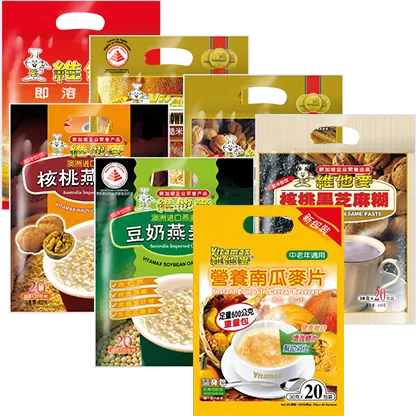

An ad from Nestum revealed how it was made: the three grains - whole wheat, rice, and corn - are ground and mixed with water to form a thick batter. This is spread out thinly on a tray, and baked until light and crisp enough to be broken into flakes.
The technique reminded me of a pastry ingredient that I’d worked with in the past: feuilletine. This confection was originally invented in the 19th century by a French pastry chef named Auguste Julien, who was looking for a way to use up leftover crepes. He learnt that if he baked the crepes until they crunched and crushed them into thin, delicate flakes, he could have a component that added texture to his pastries. Feuilletine is typically added as a crunchy element to desserts (such as in entremets), and it was interesting to see Malaysian and Singaporean bakers using Nestum cereal similarly, as a textural component in treats such as Nestum cheesecake - this only emphasised to me how similar feuilletine and cereal flakes are in texture.

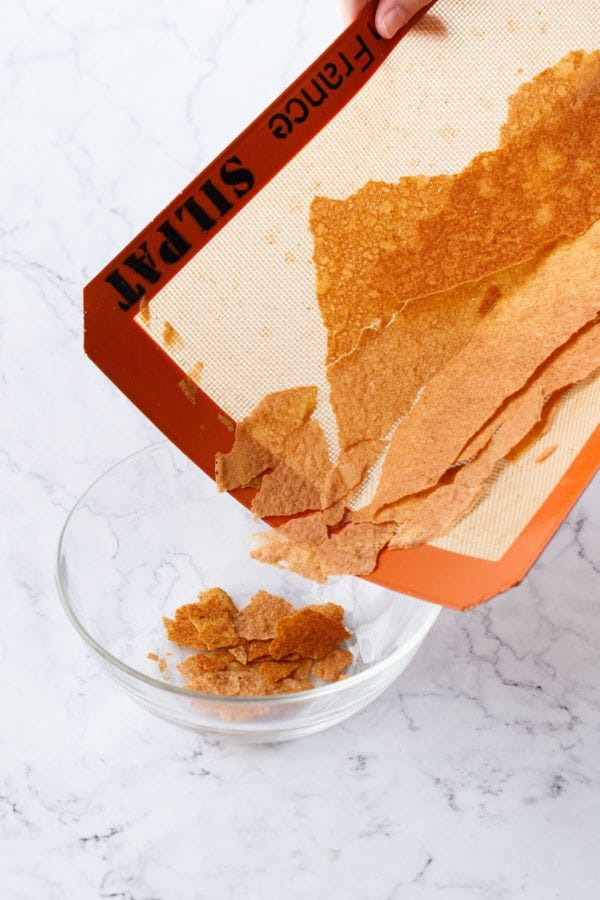
Because I didn’t have corn grist on hand, the three grains I went with were whole wheat in the form of whole wheat flour, rice in the form of rice flour, and oats which I pulverised in my blender. I mixed the flours with water, sugar, and salt to form a batter, spread it out onto a Silpat, and baked till the layer was dry. It was remarkable - the fragrance was so malty and familiar, and the texture was exactly what I had been searching for.
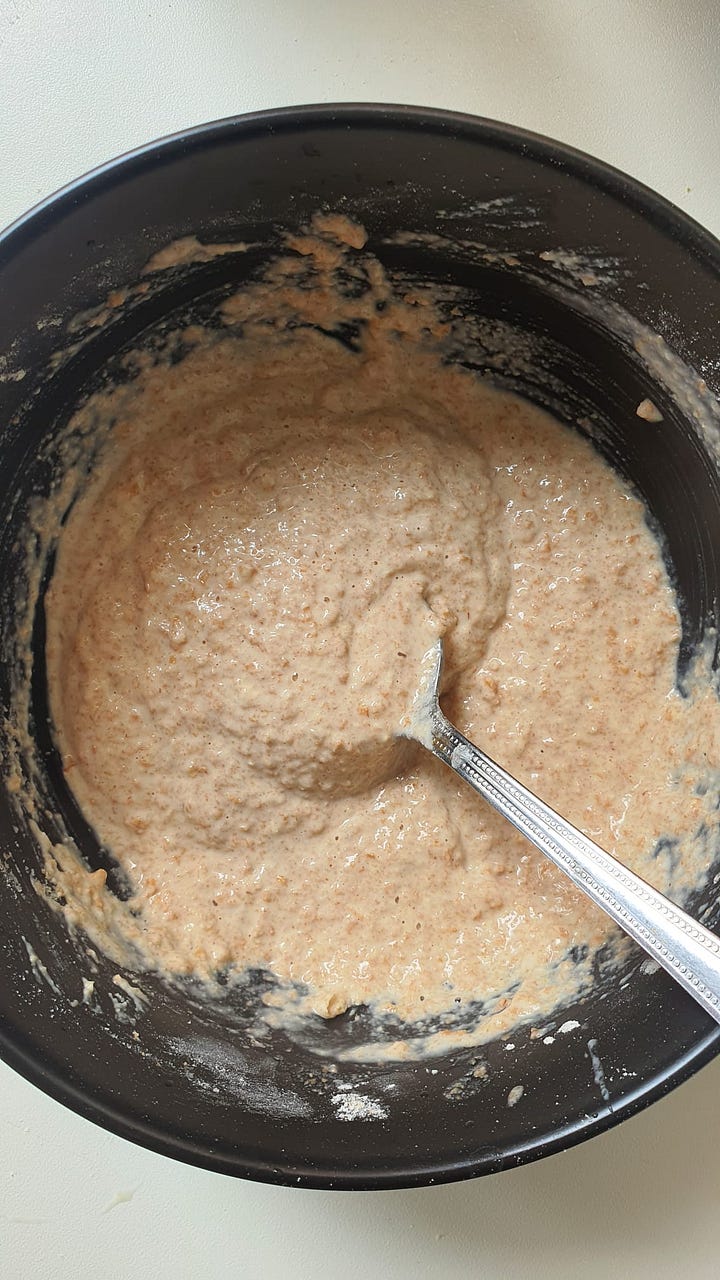


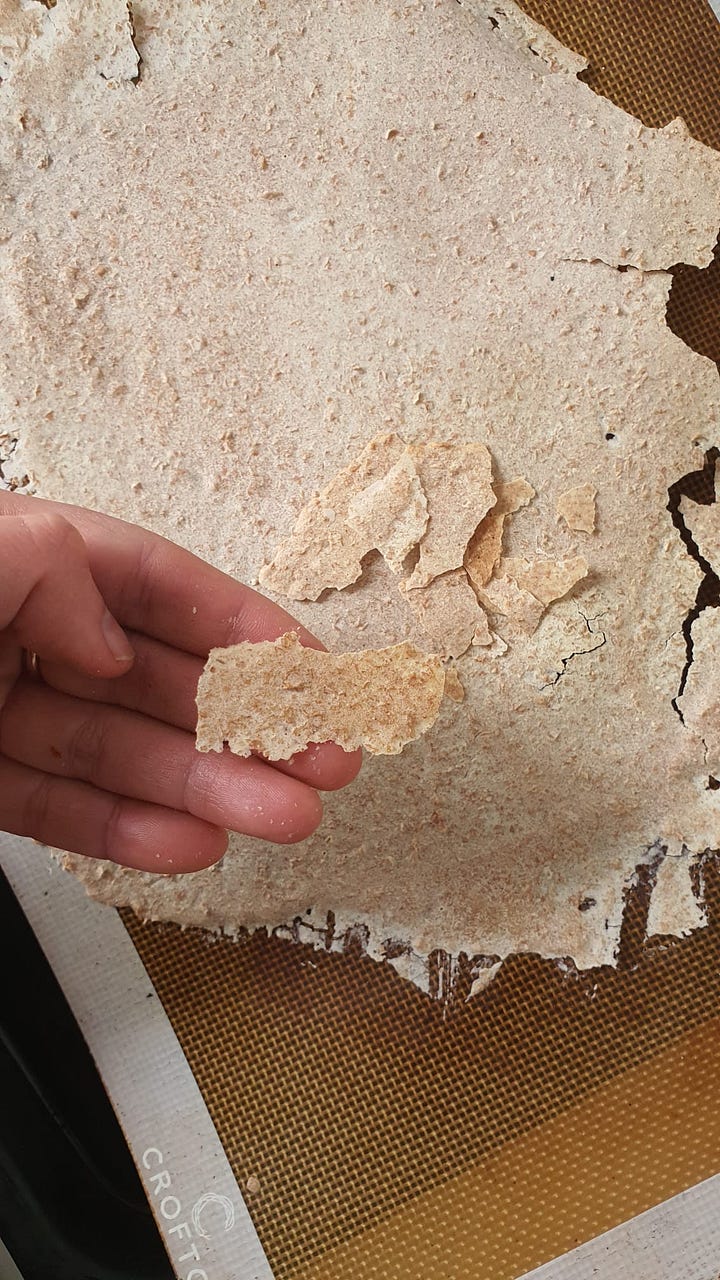
I did another experiment, this time using egg whites in place of water, to bring it closer to a feuilletine recipe. Visually, the differences were obvious: the cracker browned better. But its crispness was also more pronounced, and its flavour richer. Frankly, once you fry the cereal in butter, it is hard to tell the difference, so I opted for the cracker made with water for ease and pulsed the shards in my blender.


Making cereal prawns is a simple affair once you have the right cereal. Begin by coating the prawns in an egg and cornstarch batter and deep-frying them until they are cooked. Melt butter in a pan and add curry leaves and bird’s eye chillies. Fry gently until the leaves crackle. Add the crushed cereal and fry for a minute to encourage the cereal to soak up the flavoured butter and crisp up even more. Finally, add the prawns and toss everything well. Unlike the crust on deep-fried food, the cereal stays crisp for hours after being tossed with the prawns.
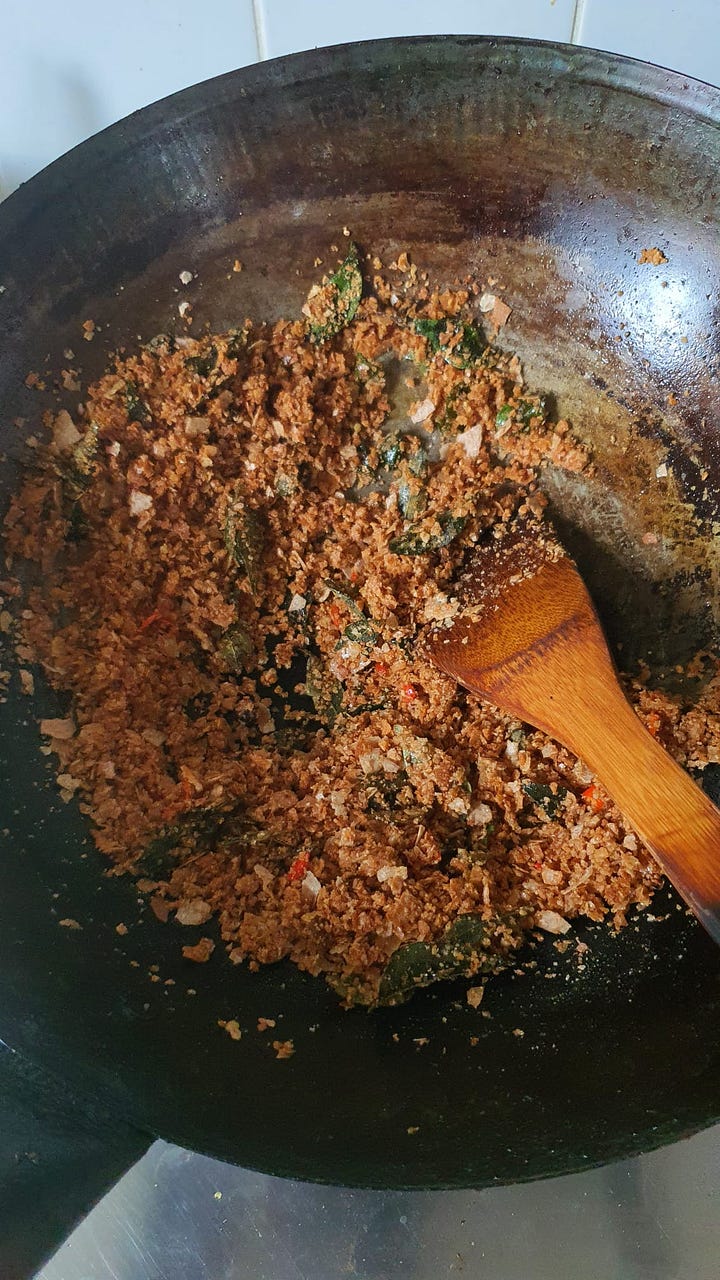
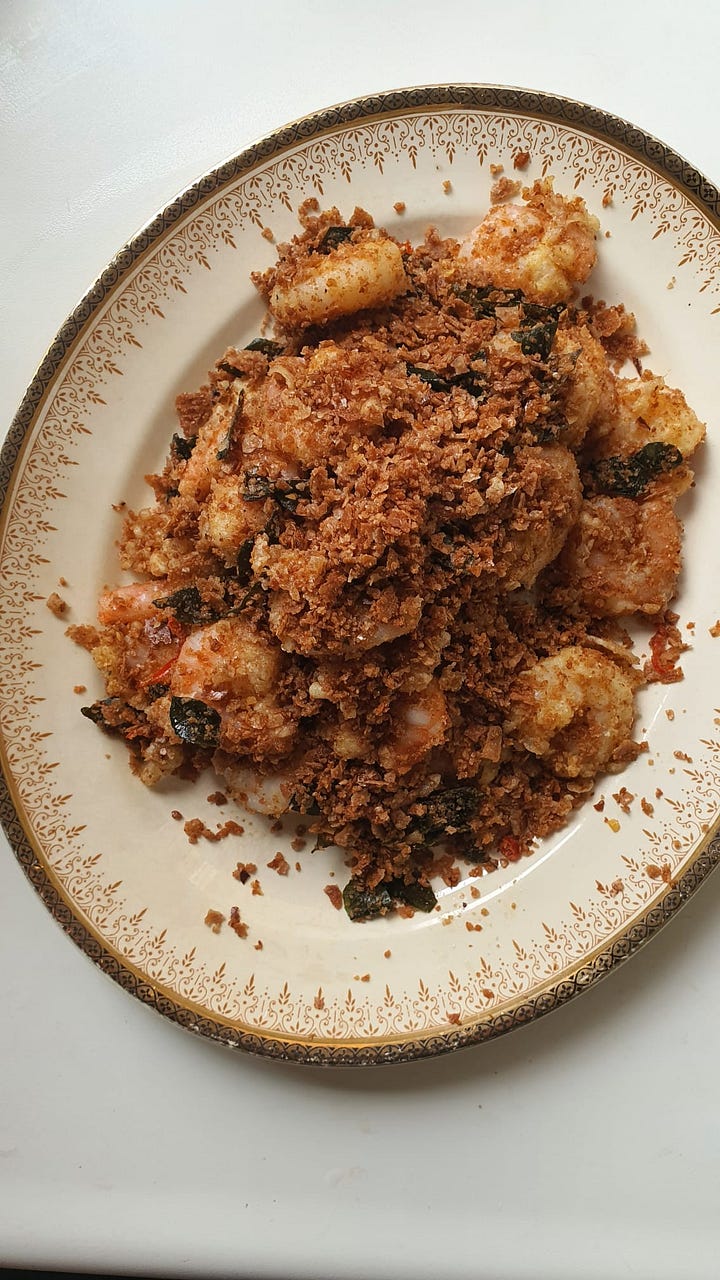
🥬 Stockists for Plantasia: A Vegetarian Cookbook Through Asia 🥬
October last year, I published my second cookbook that is dedicated to uncovering Asia’s wisdom and techniques in cooking vegetables deliciously. Since then, I have been getting questions about where to purchase my cookbook. The book is available in Singapore, Malaysia, Australia, the US, the Netherlands, France, and Hong Kong. Here are some stockists:
Australia: Major bookstores or Honey Bunch of Onion Tops
US: Now Serving LA, Kitchen Arts and Letters, Sibeiho, Omnivore Books
You can view the full list of stockists here. Otherwise, you can purchase Plantasia via my website - I ship worldwide from the Netherlands and Singapore 🩷
Cereal Prawns
MAKES 6 SERVINGS




